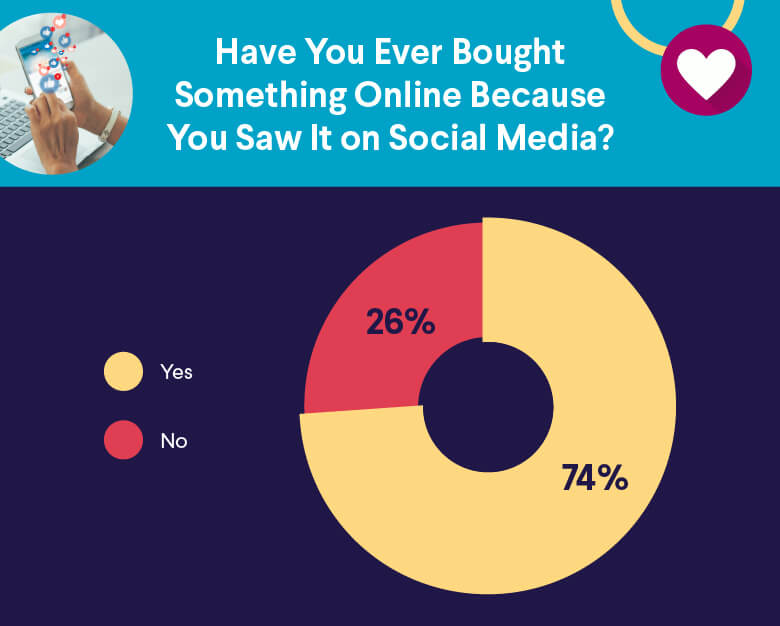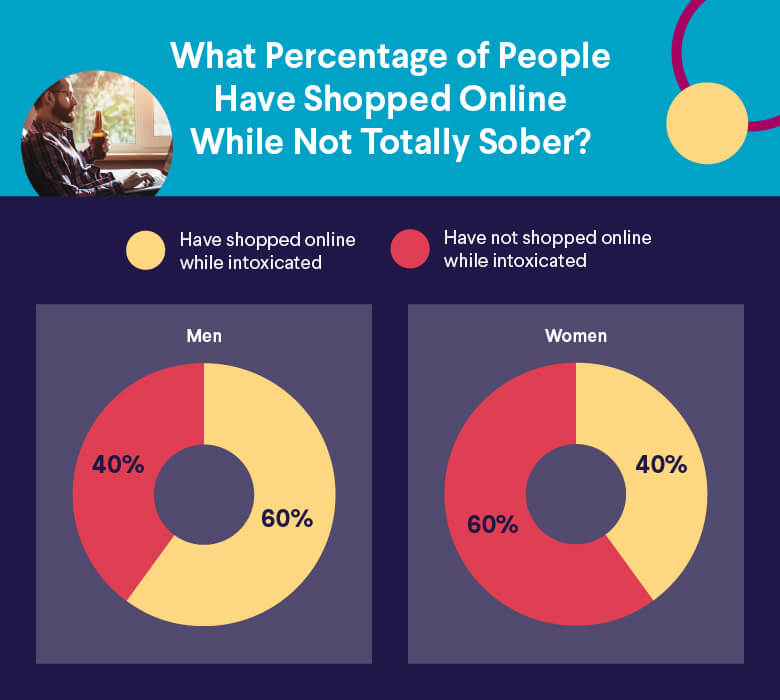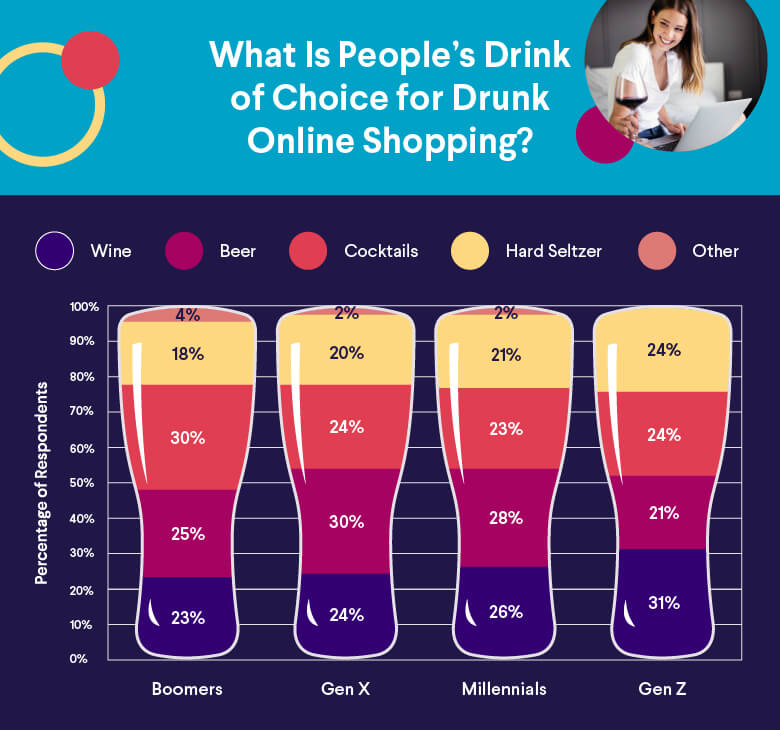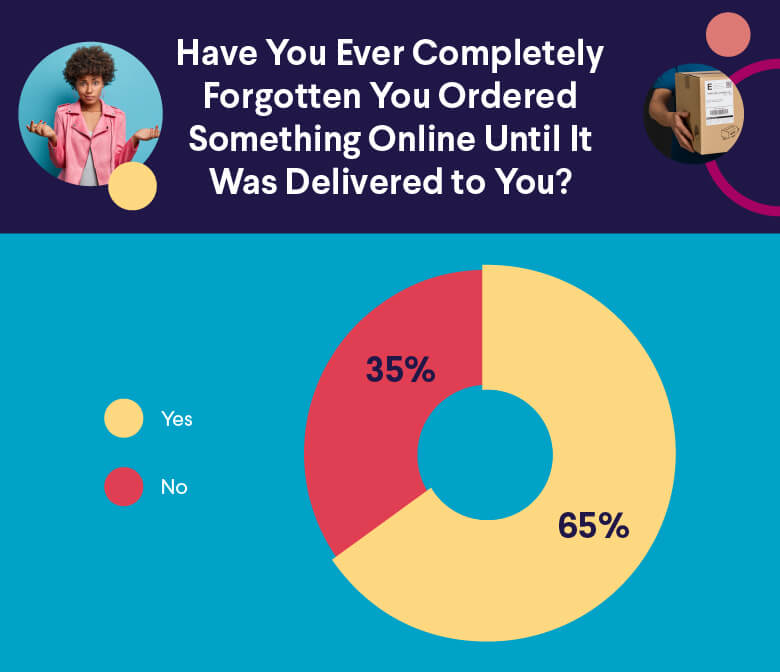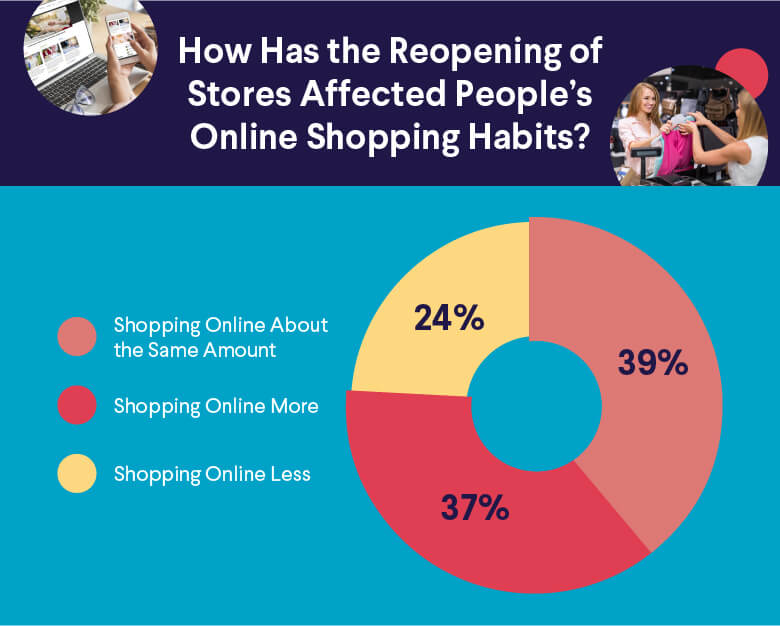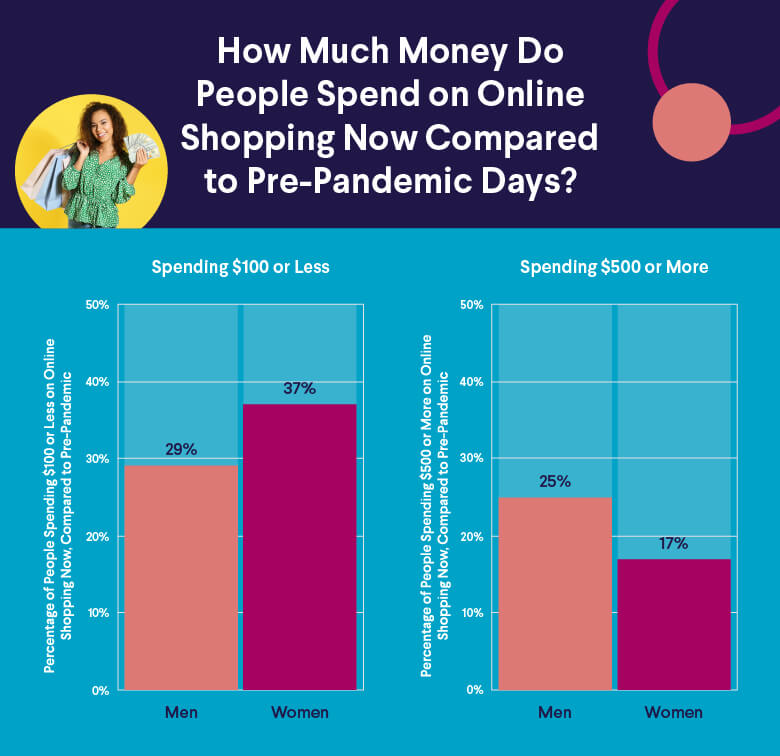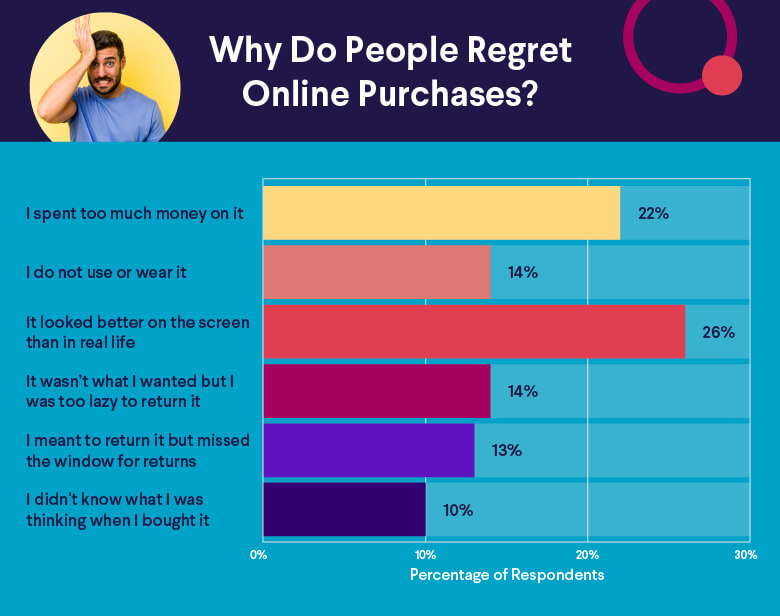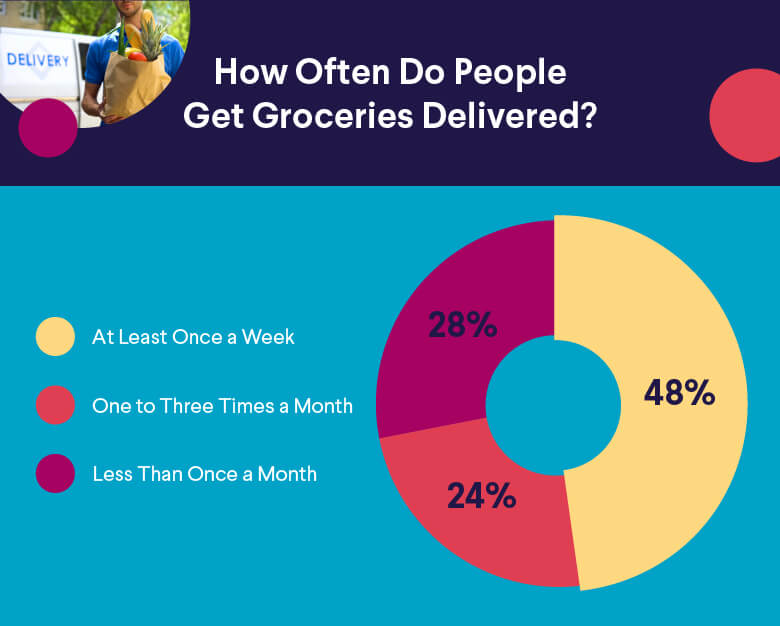Spending money on purchases is a part of daily life (groceries, for instance) and can be a pleasure (those cool new boots you’ve been eying for weeks). But for some people, shopping gets out of hand and becomes impulsive or compulsive shopping. They literally “can’t resist” buying and find themselves purchasing often and when they don’t really need anything.
Both compulsive and impulsive shopping can negatively impact your finances and personal life, though they are not the same thing. If you feel as if you can’t control your spending and your money management is suffering from it (such as debt is piling up), know that you can take steps to regain control.
Here, you’ll learn:
• What compulsive shopping is
• Causes of compulsive shopping
• What impulsive shopping is
• Causes of impulsive shopping
• How to take control of compulsive or impulsive shopping
What Is Compulsive Shopping?
Compulsive shopping is defined as an uncontrollable desire to shop, resulting in a person investing large amounts of time and money in the activity. People who shop compulsively tend to make purchases regardless of whether they need or want an item — or can actually afford it.
Compulsive shopping, or compulsive buying behavior (CBB), is considered a mental health condition that can have negative consequences financially and personally. It can become a preoccupation and involve the loss of self-control. Compulsive shoppers may use excessive spending as a coping method to mask feelings of low self-esteem, stress, and anxiety. They may feel a high when buying something but often experience disappointment and guilt afterwards.
Characteristics of compulsive shopping include:
• Obsessive research over coveted items
• Making unnecessary purchases
• Potentially dire financial issues as a result, such as bankruptcy, credit card debt, and foreclosure
Causes of Compulsive Shopping
Approximately 6% of adults experience compulsive shopping, which can express a variety of emotional needs and wants, such as:
• Perfectionism. The shopper may be focused on finding the perfect item, which brings them feelings of satisfaction once discovered.
• Desire to be in control. Purchasing items can make them feel as if they have achieved something when other aspects of their life are not well managed.
• Childhood trauma, neglect, or abuse. If a person has endured this kind of pain, buying items may feel like a reward that offsets this negativity.
• Feelings of loneliness and depression. Buying items can be an exciting mood-lifter; a kind of high.
• Mood, anxiety, or personality disorders. Compulsive shopping can be a self-soothing behavior.
What Is Impulsive Shopping?
Impulsive shopping is somewhat different from compulsive shopping, though some mental-health professionals consider them to be aspects of the same issue. Impulsive shopping tends to happen when a person gets caught up in the moment and spontaneously buys something. It’s a purchase without any forethought, planning, and it’s often not within a person’s budget.
People who impulse-shop are usually influenced by external triggers, such as seeing an item on sale or positively responding to a store’s atmosphere. Everyone indulges in some impulse-fueled retail therapy now and then. However, when these immediate gratification purchases become habitual, the behavior can morph into something uncontrollable and financially damaging. When it has this kind of negative impact, it nudges into the realm of a disorder.
Causes of Impulsive Shopping
Impulsive shopping can have a variety of causes, including:
• Wanting to ease negative feelings or improve one’s mood with a “pick-me-up”
• A need for fun or entertainment
• Lower levels of self-control
• Fear of missing out (FOMO) on items or experiences other people have
• Materialism; placing value on owning possessions
Compulsive vs Impulsive Shopping: What’s the Difference?
While these two behaviors’ names may sound similar, they are actually distinct. Here are the key differences when one compares impulsive vs. compulsive shopping:
| Compulsive
|
Impulsive
|
| Resembles addictive behavior |
Can develop into addictive-like behavior if left unchecked |
| Buying things regularly |
Buying is more occasional and situational |
| Shopping is planned and premeditated |
Shopping is unplanned and spontaneous |
| More internally motivated by uncomfortable emotions |
More externally motivated and influenced by shopping environments and marketing |
Tips for Combating Compulsive or Impulsive Shopping
Impulsive and compulsive shopping can tip into the danger zone and ruin your budget and financial fitness. They can also take up too much mental space. If you have entered that realm and perhaps are carrying a hefty amount of debt, taking control of the situation can feel overwhelming. But there is help. Consider these suggestions on how to get started if you think you’re a shopaholic:
Seeking Some Professional Help
Individual counseling with a mental health professional can help you get to the emotional root of your buying issues. Psychotherapy, such as cognitive behavioral therapy (CBT), can effectively treat these shopping behaviors. Medication may also help manage unwanted or intrusive thoughts about shopping. Group therapy can also be beneficial.
Paying Close Attention to Spending Habits
Figuring out your particular shopping triggers can help you avoid or eliminate them. For instance, when buying, do you use credit cards instead of paying with cash or a debit card? Make shopping a priority over paying bills? Grocery shop without making a list? Being honest about how and why you may engage in certain overspending behaviors is vital to understanding the issue. Changing spending habits can then help you manage your finances better.
Recommended: Are You Bad with Money? Here’s How to Get Better
Having an Accountability Mentor
Get some support: A financial counselor, advisor, partner, family member, or friend can assist you on your journey to curb compulsive or impulsive spending. Try taking a trusted, non-judgmental confidant with you when you go shopping. Ask them to help rein you in if you start overbuying. You can also consider having them hold onto your credit cards to eliminate access, chat regularly with you to keep tabs on your progress, and be a sympathetic listener when you need to talk through your feelings.
National 12-step program support groups such as Debtors Anonymous (especially if you’ve racked up credit card debt) and Spenders Anonymous are also an option. They can connect you with others who are dealing with similar issues.
Setting a Budget
Creating and sticking to a budget allows you to gain control over your spending. A well-thought out budget will help with personal accountability and achieving financial discipline. Since life needs to be about balance and we all need to spend money on something fun here and there, try to set yourself up with the flexibility to splurge sometimes. This will help keep you from feeling completely deprived.
One suggestion is to consider incorporating the 50/30/20 budget rule. This guideline recommends spending up to 50% of your after-tax income on must-haves (say, housing, car payments, utilities, healthcare, and groceries). Then, take 30% of your money and reserve it for wants such as dinners out, vacations, concert tickets, electronics, and clothing. The remaining 20% should be allocated for investments, an emergency fund, debt repayment, or savings.
Recommended: 10 Personal Finance Basics
Minimizing Temptation
Many stores are carefully designed to get you to shop and spend, perhaps to an extreme. If a store’s atmosphere — the design, the scents, the music — tends to get you buying, avoid it. Don’t walk down the streets filled with your favorite shops; try to escape the triggers that make you shop too much. If you often spend free time at the mall or online shopping, sign yourself up for a class, take up a new sport, volunteer, or find other ways to fill the hours.
Online promotional discounts, coupon codes, and the ease of electronic transactions can make compulsive or impulsive shopping easier and more appealing. Go ahead and unsubscribe from retailer emails.
Curbing social media exposure can help, too. Research suggests ads and posts from social media influencers and seeing purchases from people in your social networks may encourage a “keeping up with the Joneses” mentality, often leading to impulsive and compulsive buying.
Starting a No-Spend or 30-Day Savings Rule
A quick way to stop spending money is to freeze any non-essential spending for an entire month. Commit to a 30-day shopping ban on things such as clothing, make-up, tech gadgets, or take-out, and see how much extra money you have at the end of the month. The difference may be eye-opening and help you break the cycle.
Successfully controlling your spending can provide a feeling of accomplishment and a confidence boost. Participating in a no-spend challenge can even become a fun game; you can involve other budget-conscious friends and know you’re all in it together.
Recommended: Using a Personal Loan to Pay Off Credit Card Debt
The Takeaway
Although there are differences between compulsive and impulsive shopping, both can seriously affect your financial and personal life. Facing your impulsive or compulsive shopping habits can be daunting, but taking positive, concrete steps is likely to help conquer the problem. Getting past this spending issue, whether by shifting your behaviors or seeking professional help, can be a positive step, both for you personally and for your finances.
Want to get a better handle on your spending? Get started today by signing up for a SoFi Checking and Savings account. You can easily track your weekly spending on our dashboard. What’s more, when you open a SoFi online bank account with direct deposit, you’ll earn a competitive APY and pay no fees, so your money could grow that much faster.
Discover the benefits of banking with SoFi today.
FAQ
Is breaking a budget a sign of compulsive shopping?
Breaking your budget is not necessarily a sign of compulsive shopping. However, if you regularly deviate from your budget, spend money allocated for needs on wants, and find yourself saddled with credit card debt, you may need to rein in your compulsive spending. Analyze your shopping habits and budget to understand your behavior better.
Is making an impulse purchase a bad thing?
The reality is, most of us make occasional impulse buys, and they are not always such a bad thing. However, if this kind of shopping becomes habitual and leaves you with debt, pay attention and take steps to improve the situation.
How do I limit impulse purchases?
One way to limit impulse purchases is to avoid stores or websites where you know you tend to overspend. Also, ask yourself, “Do I need this or do I just want it?” when tempted to make a purchase. If the answer is the latter, wait 24 hours, and see if you still really want it. Your desire may dwindle during that cooling-off period.
Photo credit: iStock/jacoblund
SoFi® Checking and Savings is offered through SoFi Bank, N.A. ©2024 SoFi Bank, N.A. All rights reserved. Member FDIC. Equal Housing Lender.
The SoFi Bank Debit Mastercard® is issued by SoFi Bank, N.A., pursuant to license by Mastercard International Incorporated and can be used everywhere Mastercard is accepted. Mastercard is a registered trademark, and the circles design is a trademark of Mastercard International Incorporated.
SoFi members with direct deposit activity can earn 4.00% annual percentage yield (APY) on savings balances (including Vaults) and 0.50% APY on checking balances. Direct Deposit means a recurring deposit of regular income to an account holder’s SoFi Checking or Savings account, including payroll, pension, or government benefit payments (e.g., Social Security), made by the account holder’s employer, payroll or benefits provider or government agency (“Direct Deposit”) via the Automated Clearing House (“ACH”) Network during a 30-day Evaluation Period (as defined below). Deposits that are not from an employer or government agency, including but not limited to check deposits, peer-to-peer transfers (e.g., transfers from PayPal, Venmo, etc.), merchant transactions (e.g., transactions from PayPal, Stripe, Square, etc.), and bank ACH funds transfers and wire transfers from external accounts, or are non-recurring in nature (e.g., IRS tax refunds), do not constitute Direct Deposit activity. There is no minimum Direct Deposit amount required to qualify for the stated interest rate. SoFi members with direct deposit are eligible for other SoFi Plus benefits.
As an alternative to direct deposit, SoFi members with Qualifying Deposits can earn 4.00% APY on savings balances (including Vaults) and 0.50% APY on checking balances. Qualifying Deposits means one or more deposits that, in the aggregate, are equal to or greater than $5,000 to an account holder’s SoFi Checking and Savings account (“Qualifying Deposits”) during a 30-day Evaluation Period (as defined below). Qualifying Deposits only include those deposits from the following eligible sources: (i) ACH transfers, (ii) inbound wire transfers, (iii) peer-to-peer transfers (i.e., external transfers from PayPal, Venmo, etc. and internal peer-to-peer transfers from a SoFi account belonging to another account holder), (iv) check deposits, (v) instant funding to your SoFi Bank Debit Card, (vi) push payments to your SoFi Bank Debit Card, and (vii) cash deposits. Qualifying Deposits do not include: (i) transfers between an account holder’s Checking account, Savings account, and/or Vaults; (ii) interest payments; (iii) bonuses issued by SoFi Bank or its affiliates; or (iv) credits, reversals, and refunds from SoFi Bank, N.A. (“SoFi Bank”) or from a merchant. SoFi members with Qualifying Deposits are not eligible for other SoFi Plus benefits.
SoFi Bank shall, in its sole discretion, assess each account holder’s Direct Deposit activity and Qualifying Deposits throughout each 30-Day Evaluation Period to determine the applicability of rates and may request additional documentation for verification of eligibility. The 30-Day Evaluation Period refers to the “Start Date” and “End Date” set forth on the APY Details page of your account, which comprises a period of 30 calendar days (the “30-Day Evaluation Period”). You can access the APY Details page at any time by logging into your SoFi account on the SoFi mobile app or SoFi website and selecting either (i) Banking > Savings > Current APY or (ii) Banking > Checking > Current APY. Upon receiving a Direct Deposit or $5,000 in Qualifying Deposits to your account, you will begin earning 4.00% APY on savings balances (including Vaults) and 0.50% on checking balances on or before the following calendar day. You will continue to earn these APYs for (i) the remainder of the current 30-Day Evaluation Period and through the end of the subsequent 30-Day Evaluation Period and (ii) any following 30-day Evaluation Periods during which SoFi Bank determines you to have Direct Deposit activity or $5,000 in Qualifying Deposits without interruption.
SoFi Bank reserves the right to grant a grace period to account holders following a change in Direct Deposit activity or Qualifying Deposits activity before adjusting rates. If SoFi Bank grants you a grace period, the dates for such grace period will be reflected on the APY Details page of your account. If SoFi Bank determines that you did not have Direct Deposit activity or $5,000 in Qualifying Deposits during the current 30-day Evaluation Period and, if applicable, the grace period, then you will begin earning the rates earned by account holders without either Direct Deposit or Qualifying Deposits until you have Direct Deposit activity or $5,000 in Qualifying Deposits in a subsequent 30-Day Evaluation Period. For the avoidance of doubt, an account holder with both Direct Deposit activity and Qualifying Deposits will earn the rates earned by account holders with Direct Deposit.
Members without either Direct Deposit activity or Qualifying Deposits, as determined by SoFi Bank, during a 30-Day Evaluation Period and, if applicable, the grace period, will earn 1.20% APY on savings balances (including Vaults) and 0.50% APY on checking balances.
Interest rates are variable and subject to change at any time. These rates are current as of 12/3/24. There is no minimum balance requirement. Additional information can be found at https://www.sofi.com/legal/banking-rate-sheet.
SoFi Relay offers users the ability to connect both SoFi accounts and external accounts using Plaid, Inc.’s service. When you use the service to connect an account, you authorize SoFi to obtain account information from any external accounts as set forth in SoFi’s Terms of Use. Based on your consent SoFi will also automatically provide some financial data received from the credit bureau for your visibility, without the need of you connecting additional accounts. SoFi assumes no responsibility for the timeliness, accuracy, deletion, non-delivery or failure to store any user data, loss of user data, communications, or personalization settings. You shall confirm the accuracy of Plaid data through sources independent of SoFi. The credit score is a VantageScore® based on TransUnion® (the “Processing Agent”) data.
Financial Tips & Strategies: The tips provided on this website are of a general nature and do not take into account your specific objectives, financial situation, and needs. You should always consider their appropriateness given your own circumstances.
Third-Party Brand Mentions: No brands, products, or companies mentioned are affiliated with SoFi, nor do they endorse or sponsor this article. Third-party trademarks referenced herein are property of their respective owners.
External Websites: The information and analysis provided through hyperlinks to third-party websites, while believed to be accurate, cannot be guaranteed by SoFi. Links are provided for informational purposes and should not be viewed as an endorsement.
SOBK0722006
Read more



